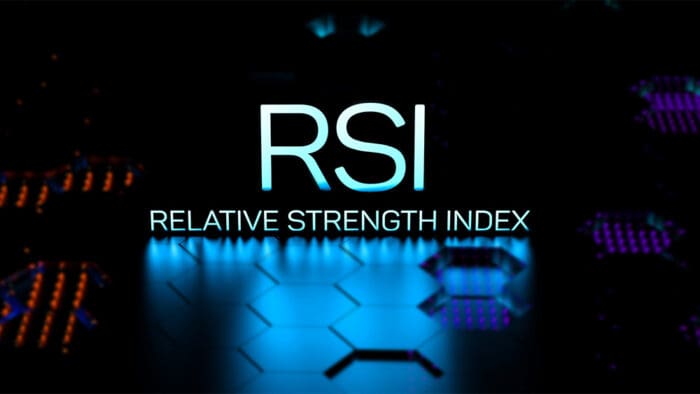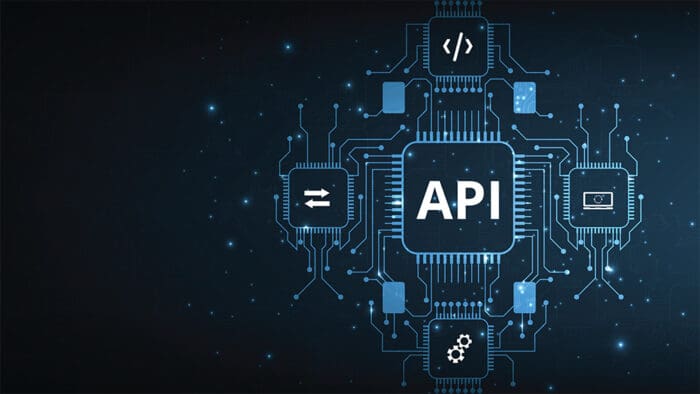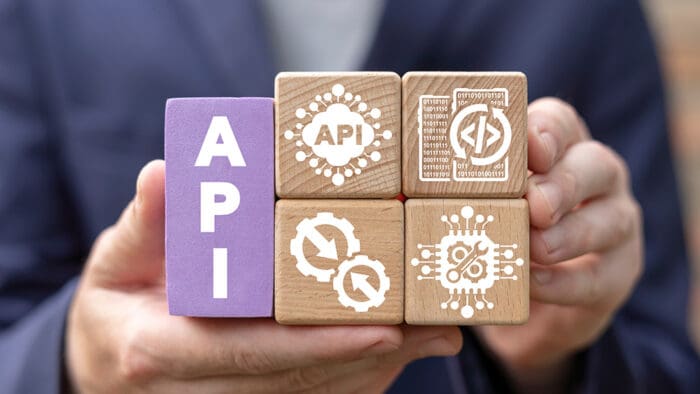The article “AI Models in High-Frequency Trading” was originally posted on PyQuant News.
In the fast-paced world of financial markets, high-frequency trading (HFT) has emerged as a powerful force. HFT firms deploy advanced algorithms to execute trades at incredible speeds, reaping profits from millisecond advantages by placing a high volume of trades swiftly. As technology progresses, artificial intelligence (AI) models are becoming integral to HFT strategies, promising improved performance and competitive advantages. But just how effective are these AI models in the high-stakes environment of high-frequency trading? This article delves into the role of AI in HFT, evaluating its performance metrics, inherent challenges, and future advancements.
The Evolution of High-Frequency Trading
High-frequency trading (HFT) is a specialized form of algorithmic trading characterized by rapid turnover rates and significant order-to-trade ratios. In HFT, positions are held for very brief periods. Firms invest heavily in cutting-edge technology and infrastructure, such as low-latency networks and co-location services, to gain a competitive edge. The main objective is to profit from tiny price discrepancies that occur within milliseconds.
The Role of AI in High-Frequency Trading
AI models, including machine learning (ML) and deep learning (DL) algorithms, have revolutionized various industries, including finance. In high-frequency trading, AI models offer numerous benefits:
Predictive Analytics and Market Forecasting
AI models can sift through massive amounts of historical market data to identify patterns and trends, leading to more accurate and timely predictions of price movements.
Execution Optimization
AI can optimize trade execution by dynamically adjusting strategies based on real-time market conditions, ensuring trades are executed more efficiently.
Risk Management in Trading
Advanced AI algorithms can assess and mitigate risks more effectively by continuously monitoring market volatility and other risk factors.
Anomaly Detection in Trading
AI excels at spotting anomalies and irregularities in trading patterns, which can indicate potential market manipulation or technical issues.
The effectiveness of AI models in high-frequency trading is measured using various metrics, including profitability, execution speed, and risk-adjusted returns. Here’s a closer look:
Profitability in HFT
Profitability is the simplest metric for evaluating AI models in HFT. AI-driven strategies aim to exploit small price differences across various securities. Success is measured by the net profits generated after accounting for transaction costs, including brokerage fees and market impact costs.
Execution Speed in Trading
Execution speed is crucial in HFT, where even a millisecond delay can turn a profitable trade into a loss. AI models must process and act on information faster than humans. This involves rapid decision-making and efficient trade execution. Latency, or the time delay between receiving market data and executing a trade, is a key factor in evaluating execution speed.
Risk-Adjusted Returns
Risk-adjusted returns provide a nuanced measure of AI model performance by considering the level of risk taken to achieve those returns. Common metrics include the Sharpe ratio, which measures excess return per unit of risk, and the Sortino ratio, which focuses on downside risk. An AI model that generates high returns with lower risk is highly effective in the HFT environment.
Adaptability of AI Models
Financial markets are dynamic and ever-changing. AI models must be adaptable to remain effective under different market conditions. This involves continuous learning and adjustment of strategies based on new data.
Scalability in High-Frequency Trading
Scalability refers to an AI model’s ability to handle increased trading volumes without compromising performance. In HFT, where large volumes of trades are executed in short timeframes, scalability is essential. AI models that can efficiently scale their operations are better positioned to capitalize on market opportunities.
Challenges and Limitations of AI Models in HFT
While AI models offer significant advantages in HFT, they also present several challenges and limitations:
Data Quality in AI Models
AI models depend heavily on high-quality data for training and operation. Inconsistent or inaccurate data can lead to erroneous predictions and suboptimal trading decisions.
Overfitting in AI Trading Models
Overfitting occurs when an AI model is overly tailored to historical data, resulting in poor performance on new, unseen data. This can lead to significant financial losses during unexpected market conditions.
Computational Complexity
AI models, particularly deep learning algorithms, require substantial computational resources for training and operation. The complexity of these models can increase latency, which is detrimental in the HFT environment.
Regulatory Considerations in HFT
The use of AI in HFT introduces several regulatory and ethical concerns, such as ensuring market fairness, preventing manipulative practices, and maintaining transparency. Market regulators are increasingly scrutinizing AI-driven trading strategies to ensure fair and transparent markets.
Adversarial Attacks on AI Models
AI models are vulnerable to adversarial attacks, where malicious actors manipulate input data to deceive the model into making incorrect predictions. In HFT, adversarial attacks can lead to significant financial losses.
Future Prospects of AI in HFT
The integration of AI in high-frequency trading is still in its early stages, and the future holds immense potential for further advancements. Here are some trends to watch:
Quantum Computing in Trading
Quantum computing promises to revolutionize HFT by enabling the processing of complex calculations at unprecedented speeds. While still experimental, quantum computers could significantly enhance the performance of AI models in HFT.
Explainable AI (XAI)
Explainable AI aims to make AI models more transparent and interpretable, providing traders with a clearer understanding of model decisions and enhancing trust in AI-driven strategies.
Hybrid Trading Models
Combining traditional algorithmic trading methods with AI-driven approaches can lead to more robust and effective HFT strategies. Hybrid models leverage the strengths of both approaches, providing a balanced and adaptable framework for high-frequency trading.
Decentralized Finance (DeFi)
The rise of decentralized finance presents new opportunities and challenges for AI-driven HFT. DeFi platforms operate on blockchain technology, offering greater transparency and reducing the need for intermediaries.
Continuous Learning in AI Models
Advancements in machine learning techniques, such as reinforcement learning and transfer learning, enable AI models to continuously learn and adapt to changing market conditions.
Resources for Further Exploration
For those interested in diving deeper into AI and high-frequency trading, the following resources provide valuable insights:
- “Advances in Financial Machine Learning” by Marcos López de Prado: This book explores the application of machine learning techniques to financial markets.
- “Algorithmic Trading: Winning Strategies and Their Rationale” by Ernest P. Chan: A comprehensive guide to algorithmic trading strategies.
- Journals and Research Papers: Academic journals such as the Journal of Financial Markets and the Journal of Computational Finance publish cutting-edge research on AI and high-frequency trading.
- Online Courses and Tutorials: Platforms like Coursera, edX, and Udacity offer courses on machine learning, AI, and algorithmic trading.
- Industry Conferences and Webinars: Attending events like the AI & Data Science in Trading Conference offers opportunities to learn from experts and stay updated on the latest trends in AI and HFT.
Conclusion
The integration of AI models in high-frequency trading represents a monumental advancement in the financial industry, offering potential for unprecedented efficiency and profitability. While AI offers numerous benefits, including improved predictive analytics, execution optimization, and risk management, it also presents challenges such as data quality, overfitting, and regulatory concerns. Evaluating the performance of AI models in HFT requires a multifaceted approach, considering profitability, execution speed, risk-adjusted returns, adaptability, and scalability.
As technology continues to evolve, the future of AI in HFT holds immense potential. Quantum computing, explainable AI, hybrid models, decentralized finance, and continuous learning are set to drive further innovation in this high-stakes domain. By leveraging these advancements and continuing to educate themselves, traders and firms can ensure they remain at the forefront of this dynamic field. For those eager to explore the fascinating intersection of AI and finance further, the recommended resources offer a wealth of knowledge and insights.
Disclosure: Interactive Brokers Third Party
Information posted on IBKR Campus that is provided by third-parties does NOT constitute a recommendation that you should contract for the services of that third party. Third-party participants who contribute to IBKR Campus are independent of Interactive Brokers and Interactive Brokers does not make any representations or warranties concerning the services offered, their past or future performance, or the accuracy of the information provided by the third party. Past performance is no guarantee of future results.
This material is from PyQuant News and is being posted with its permission. The views expressed in this material are solely those of the author and/or PyQuant News and Interactive Brokers is not endorsing or recommending any investment or trading discussed in the material. This material is not and should not be construed as an offer to buy or sell any security. It should not be construed as research or investment advice or a recommendation to buy, sell or hold any security or commodity. This material does not and is not intended to take into account the particular financial conditions, investment objectives or requirements of individual customers. Before acting on this material, you should consider whether it is suitable for your particular circumstances and, as necessary, seek professional advice.














What a completely non-informative piece! Wasted my 5 mins.